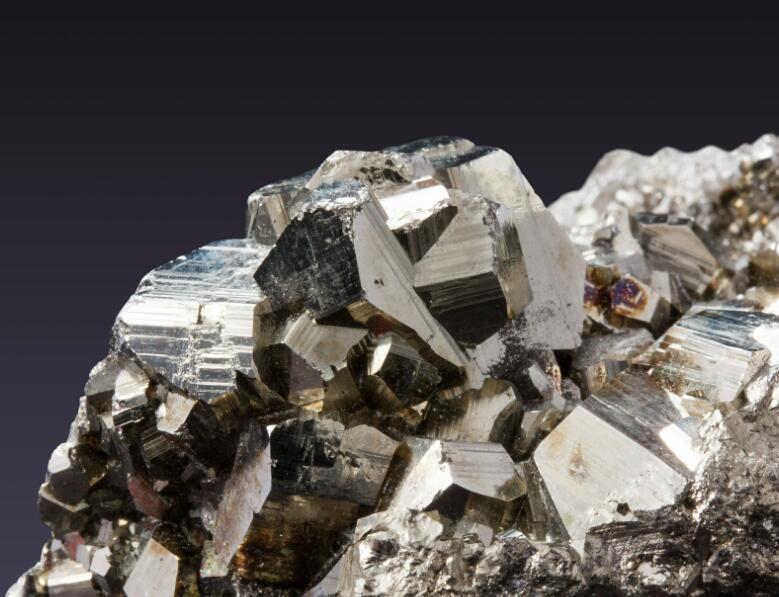-
-
-
-
Party building
Online Search
- All
- Product Management
- News
- Introduction
- Enterprise outlets
- FAQ
- Enterprise Video
- Enterprise Atlas
Non-ferrous metals
2024-12-25

Non-ferrous metals, in a narrow sense, are also known as non-iron metals, referring to all metals except iron (sometimes excluding manganese and chromium) and iron-based alloys. They can be divided into heavy metals (such as copper, lead, zinc), light metals (such as aluminum, magnesium), precious metals (such as gold, silver, platinum), and rare metals (such as tungsten, molybdenum, germanium, lithium, lanthanum, uranium). In a broad sense, non-ferrous metals also include non-ferrous alloys, which are alloys formed with one non-ferrous metal as the matrix (usually greater than 50%) and the addition of one or more other elements.
Non-ferrous metals are the basic materials for national economic development. Most industries such as aviation, aerospace, automotive, machinery manufacturing, electricity, communications, construction, and home appliances rely on non-ferrous metal materials as their production foundation. With the rapid advancement of modern chemistry, agriculture, and science and technology, the status of non-ferrous metals in human development is becoming increasingly important. They are not only important strategic materials in the world and essential production materials but also crucial materials for consumption in human life.
Previous article:
The next one:
Telephone:
E-mail:
Address:
No.15, Zhongju Industrial Base, Yikang North Road, Wulong Sub-district Office, Chenggong District, Kunming City, Yunnan Province
COOKIES
Our website uses cookies and similar technologies to personalize the advertising shown to you and to help you get the best experience on our website. For more information, see our Privacy & Cookie Policy
COOKIES
Our website uses cookies and similar technologies to personalize the advertising shown to you and to help you get the best experience on our website. For more information, see our Privacy & Cookie Policy
These cookies are necessary for basic functions such as payment. Standard cookies cannot be turned off and do not store any of your information.
These cookies collect information, such as how many people are using our site or which pages are popular, to help us improve the customer experience. Turning these cookies off will mean we can't collect information to improve your experience.
These cookies enable the website to provide enhanced functionality and personalization. They may be set by us or by third-party providers whose services we have added to our pages. If you do not allow these cookies, some or all of these services may not function properly.
These cookies help us understand what you are interested in so that we can show you relevant advertising on other websites. Turning these cookies off will mean we are unable to show you any personalized advertising.
Copyright: Huatan Holding Group Limited
Sorry,当前栏目暂无内容!
您可以查看其他栏目或返回 首页
Sorry,The current column has no content!
You can view other columns or return Home


